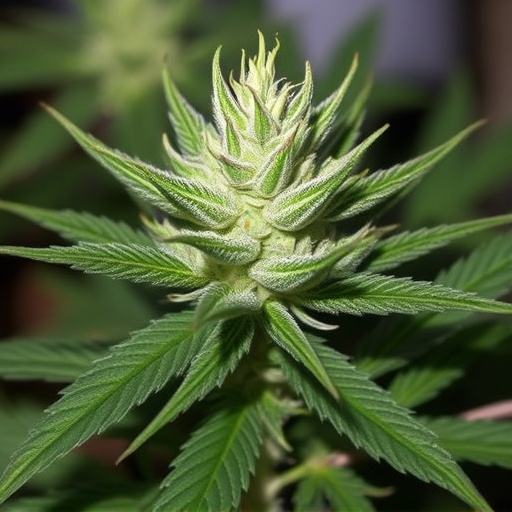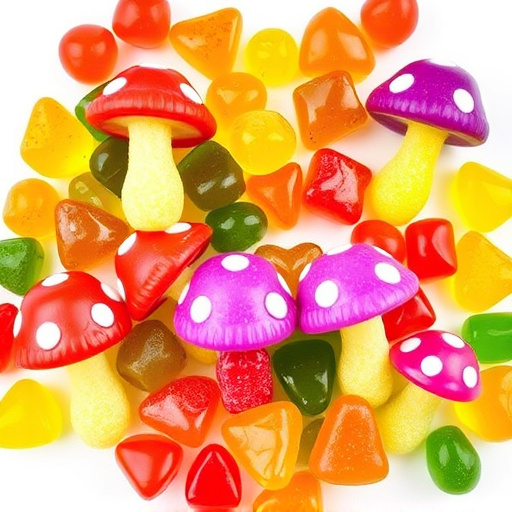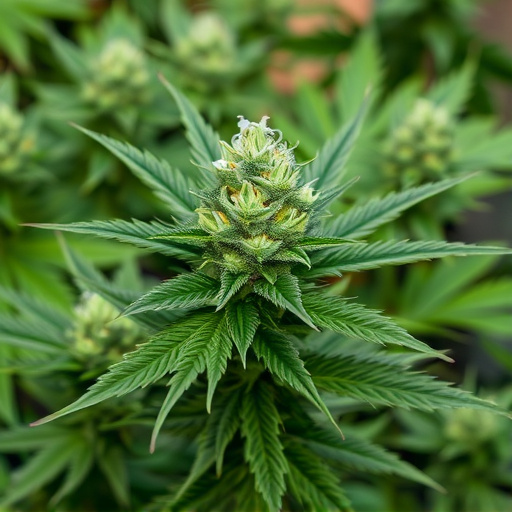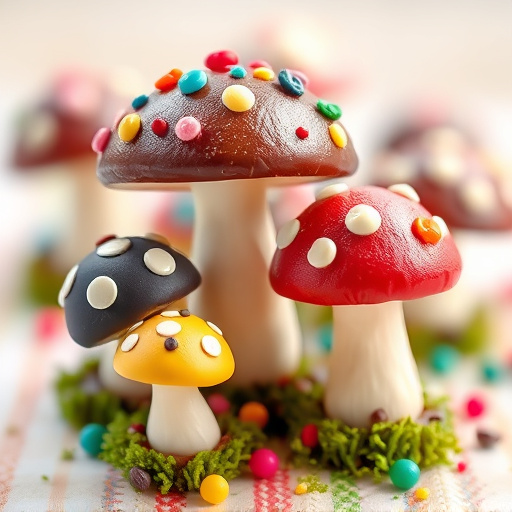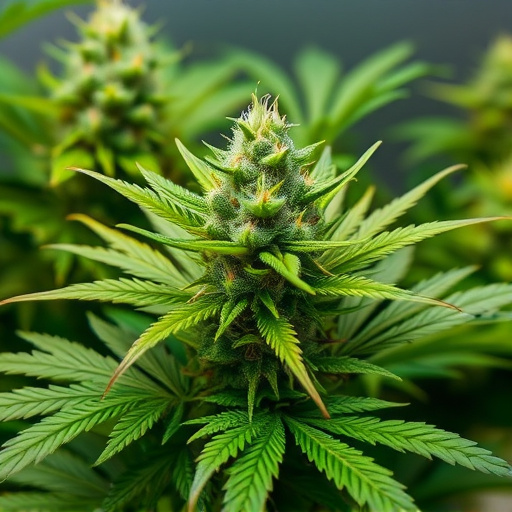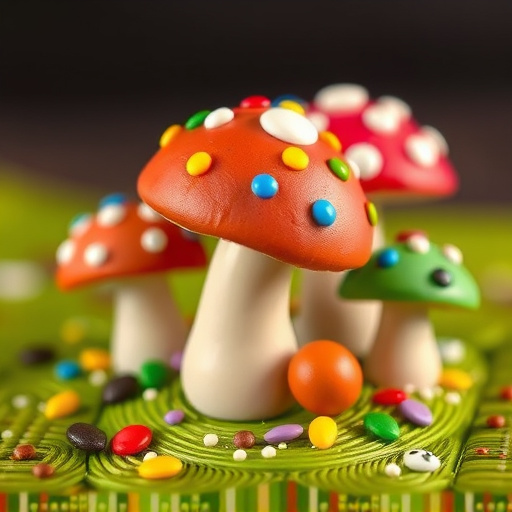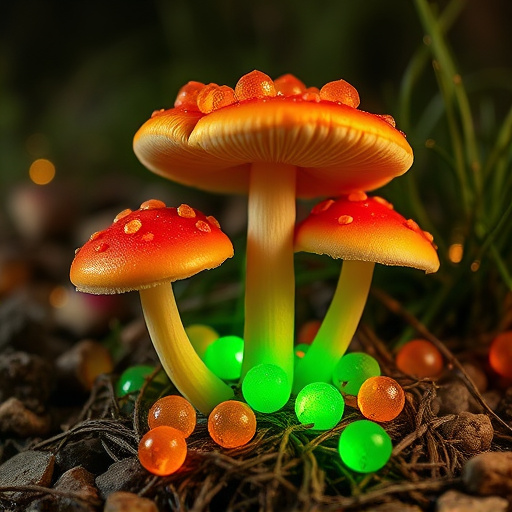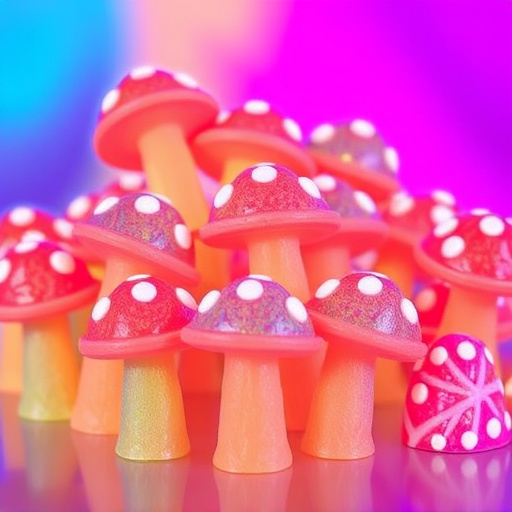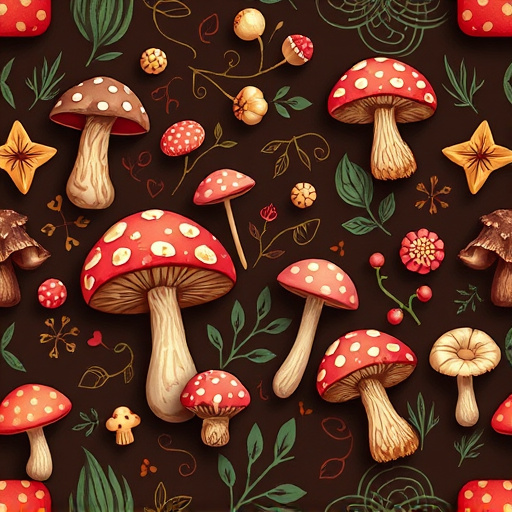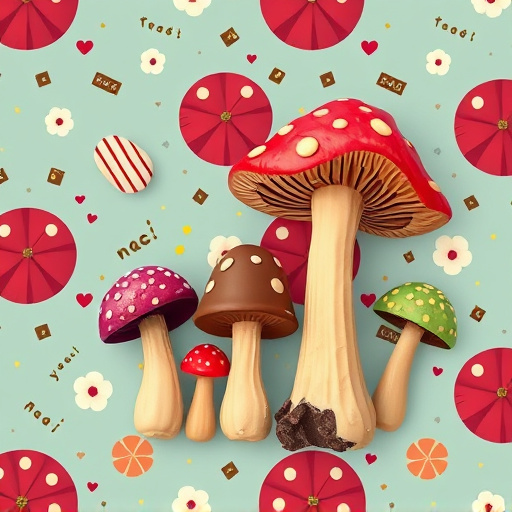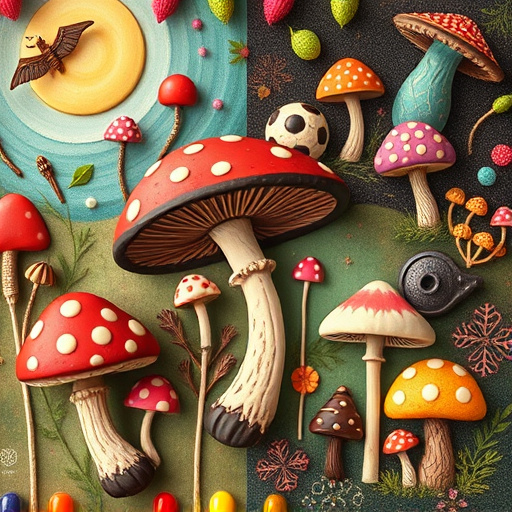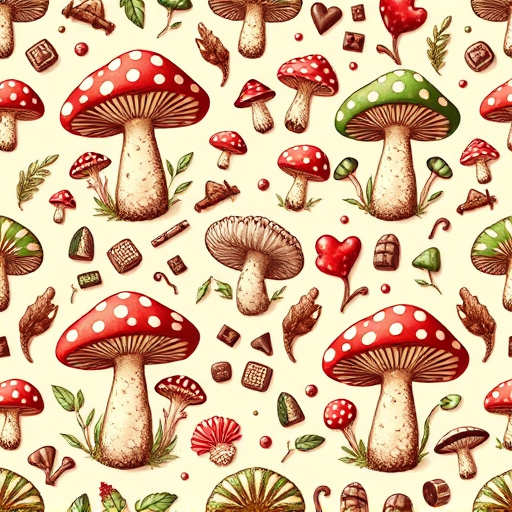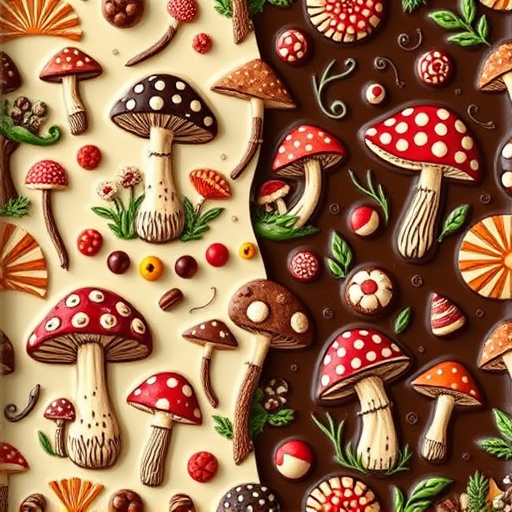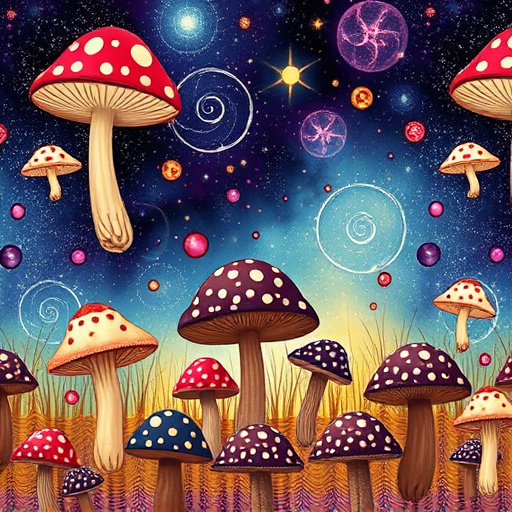Despite popular belief, magic mushroom chocolates don't induce intense, uncontrollable 'highs' like traditional drugs, nor are they exclusively associated with hipsters – their use for medicinal and spiritual purposes dates back centuries. Today, these chocolates are sought for their potential to reduce anxiety, depression, and addiction, with promising studies backing their therapeutic benefits. While many products claim psychedelic experiences, many don't contain actual magical mushrooms but rather synthetic compounds, which can vary greatly in reliability. Understanding the difference between natural and synthetic sources is crucial for consumers navigating this rapidly growing market.
Discover the enchanting world of magic mushroom chocolates, where the goodness of fungi meets gourmet delights. This article delves into the fascinating topic, debunking common myths surrounding these unique treats. From understanding the distinction between natural mushrooms and synthetic compounds to exploring diverse varieties like Lion’s Mane, Chaga, and Reishi, we guide you through the tastes and effects that make each special. Learn essential tips for navigating the market, ensuring quality, and safety when indulging in magic mushroom chocolates, while separating fact from fiction.
- Understanding Magic Mushroom Chocolates: Debunking Common Myths
- – What are magic mushroom chocolates?
- – Differentiating between mushrooms and synthetic compounds
Understanding Magic Mushroom Chocolates: Debunking Common Myths

Magic mushroom chocolates, also known as psilocybin chocolate, have gained significant attention in recent years due to their potential therapeutic benefits. However, surrounding this unique product are several myths that require clarification. One of the most common misconceptions is that consuming these chocolates will induce a powerful, uncontrollable ‘high’ similar to traditional recreational drugs. In reality, the psilocybin found in magic mushrooms is a potent psychedelic compound, but it’s typically consumed in much smaller doses within a controlled environment. The effects are often described as profound yet profoundly different from intoxication; they can include altered perception, enhanced creativity, and spiritual insights.
Another myth is that magic mushroom chocolates are a new trend driven solely by the hipster crowd. In truth, the use of psilocybin for medicinal and spiritual purposes dates back centuries in various cultures worldwide. Modern interest in these mushrooms has led to advancements in cultivation techniques and product standardization, making them more accessible than ever before. Today, many people seek out magic mushroom chocolates not just for their potential mind-expanding effects but also as an alternative treatment for conditions like anxiety, depression, and addiction, with studies showing promising results.
– What are magic mushroom chocolates?
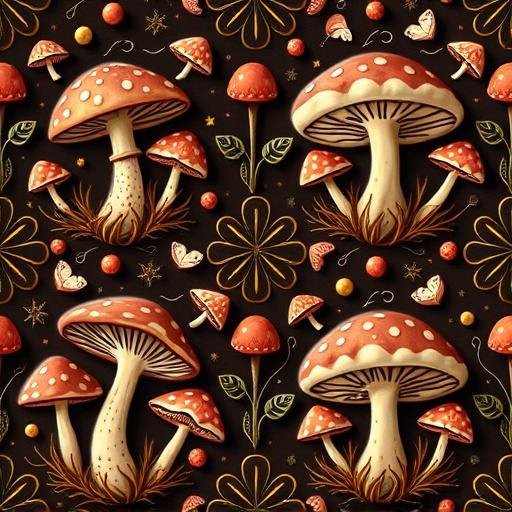
Magic mushroom chocolates, also known as psilocybin chocolate or psychedelic confections, are a delightful fusion of two worlds: the indulgent realm of premium chocolates and the mystical realm of psychedelic compounds. They are crafted by infusing dark chocolate with psilocybin, the active compound found in certain types of magic mushrooms (psilocybin mushrooms). This unique combination offers both sensory pleasure and potential therapeutic benefits, shattering many myths along the way.
One of the most persistent myths about magic mushroom chocolates is that they induce intense, mind-altering experiences similar to traditional psychedelic drugs. While psilocybin chocolate does contain this compound, the effects are generally subtler and more manageable. Many users report feeling an enhanced sense of creativity, heightened senses, and profound emotional connections without the anxiety or paranoia often associated with pure psychedelics. These chocolates are designed for microdosing, allowing individuals to experience the benefits of psilocybin in a controlled and safe environment.
– Differentiating between mushrooms and synthetic compounds
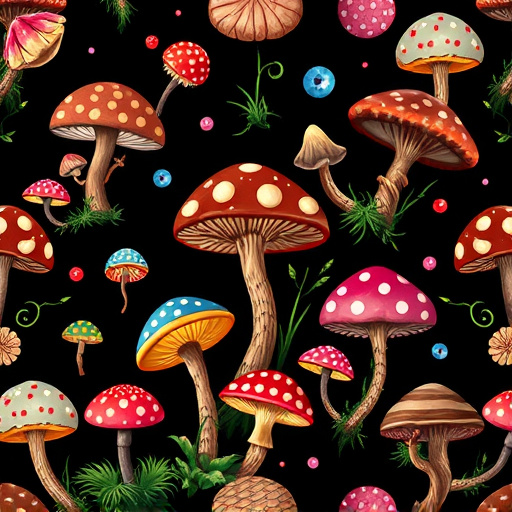
When it comes to understanding magic mushroom chocolates, debunking myths is essential. A common misconception is that these treats contain actual magical mushrooms, like Psilocybe cubensis, which produce psychotropic compounds like psilocybin and psilocin. However, many products marketed as “magic mushroom chocolates” do not derive their effects from natural mushrooms. Instead, they often use synthetic compounds designed to mimic the experience, with varying levels of success and reliability.
This distinction is crucial for consumers seeking authentic experiences. Natural magic mushrooms offer a complex interplay of compounds that contribute to the overall trip, while synthetic alternatives may provide a simplified and sometimes inconsistent effect. Understanding this difference helps clarify the nature of these chocolates, promoting informed choices in an expanding market where quality and source matter greatly when it comes to safety and efficacy.
In exploring the world of magic mushroom chocolates, it’s crucial to dispel common myths and understand the distinction between natural mushrooms and synthetic compounds. By doing so, consumers can make informed choices, ensuring a safe and enjoyable experience. These unique chocolate treats offer a distinct sensory journey, but it’s essential to approach them with knowledge and responsibility, allowing you to navigate the realm of mystical indulgences without falling prey to misinterpretations.
